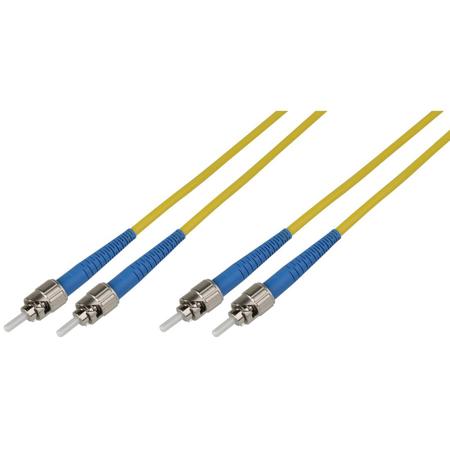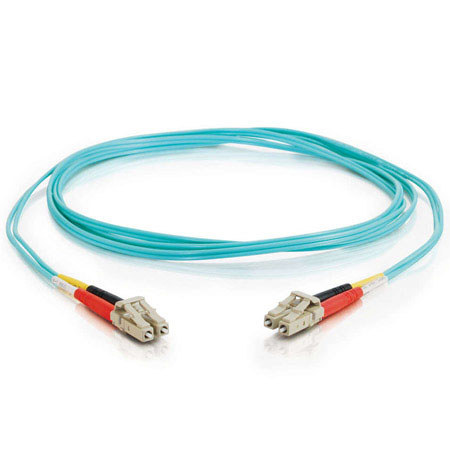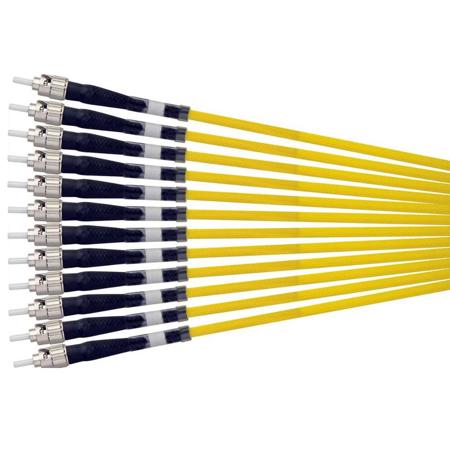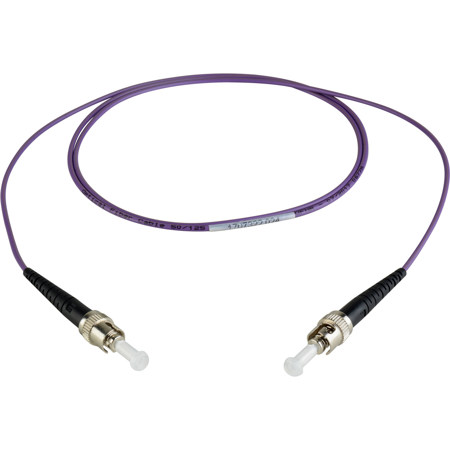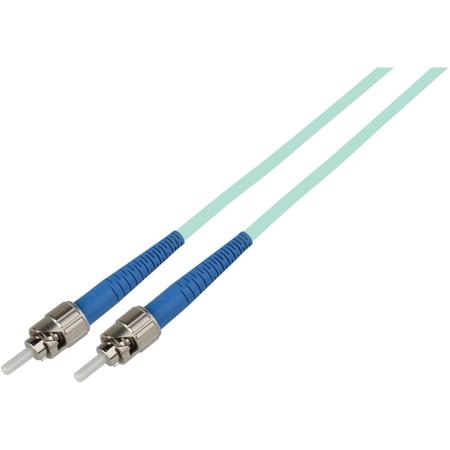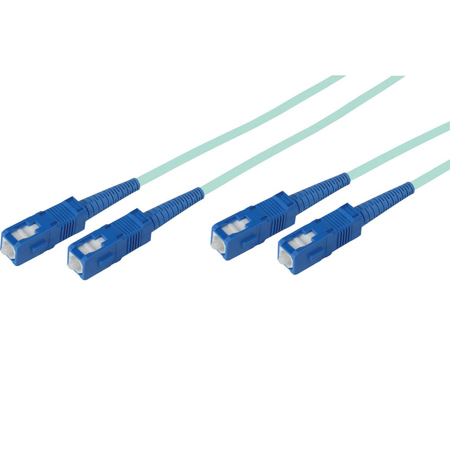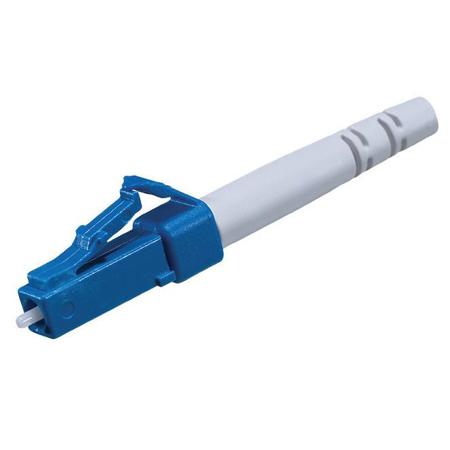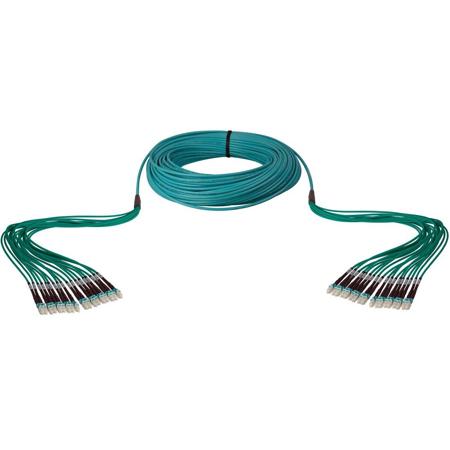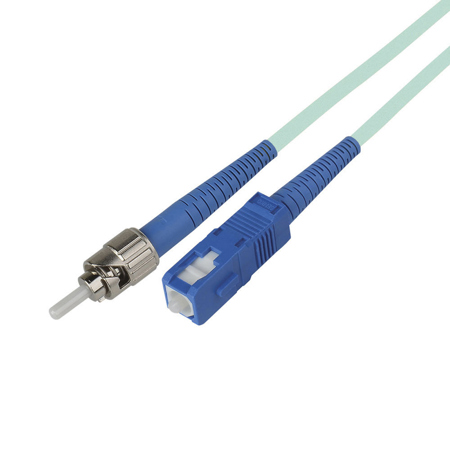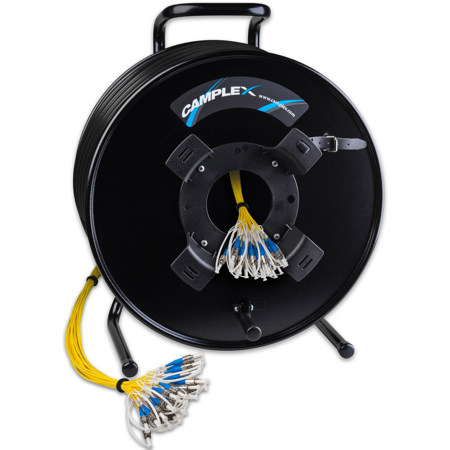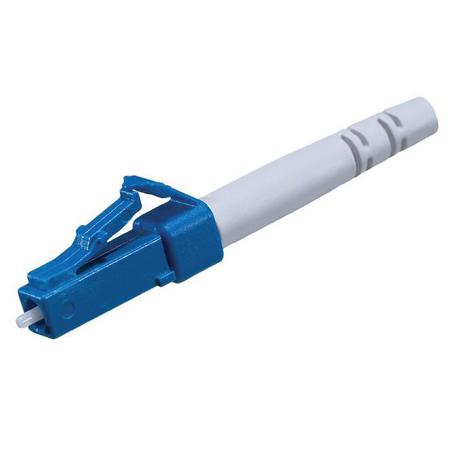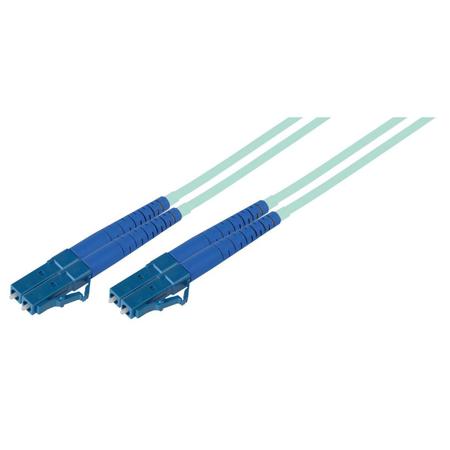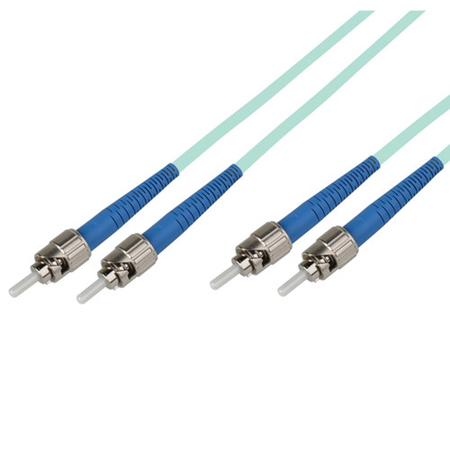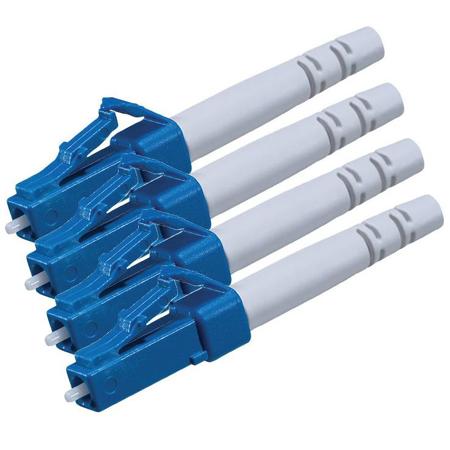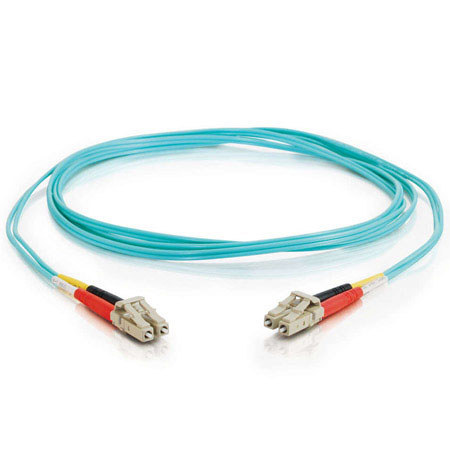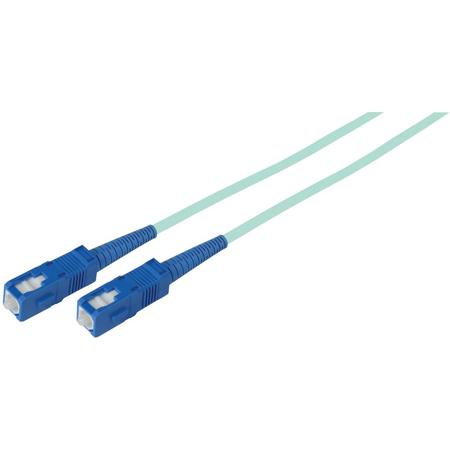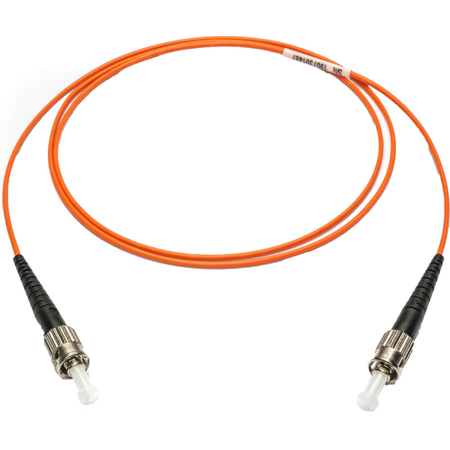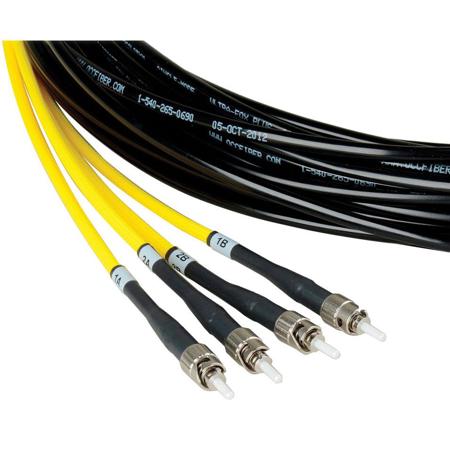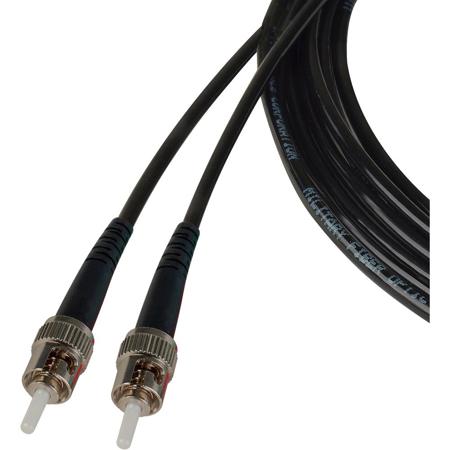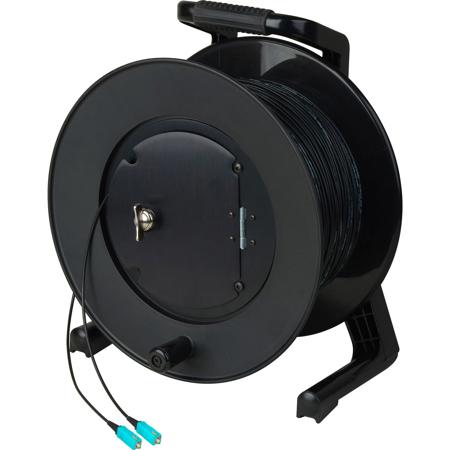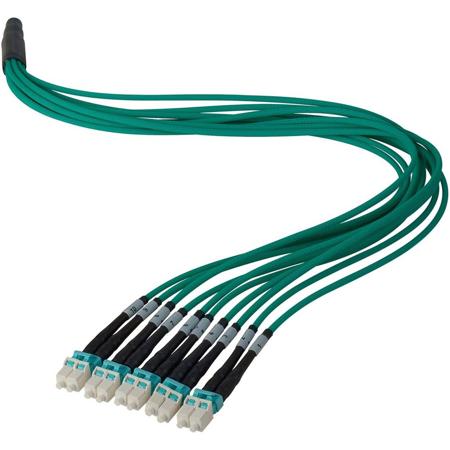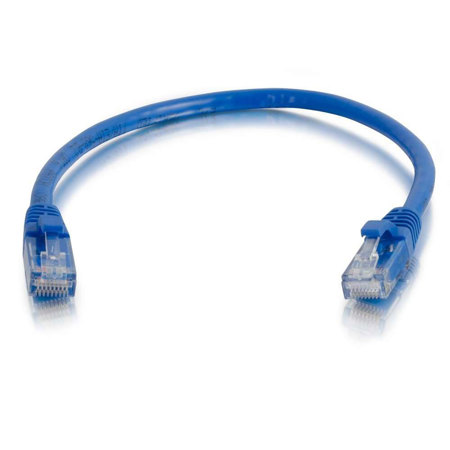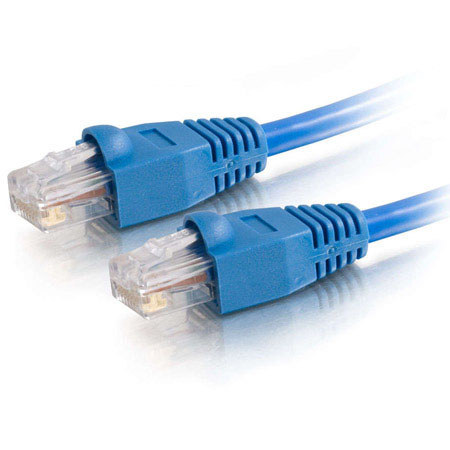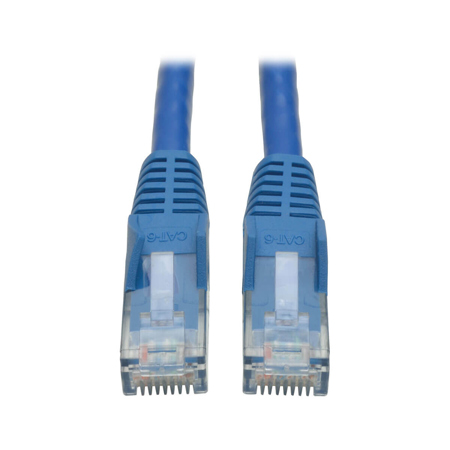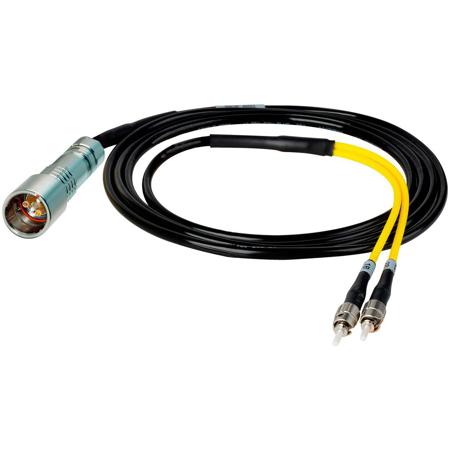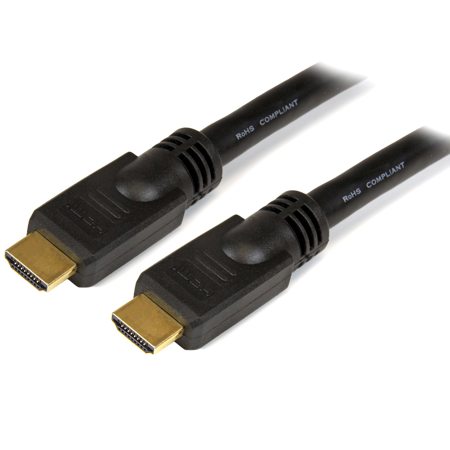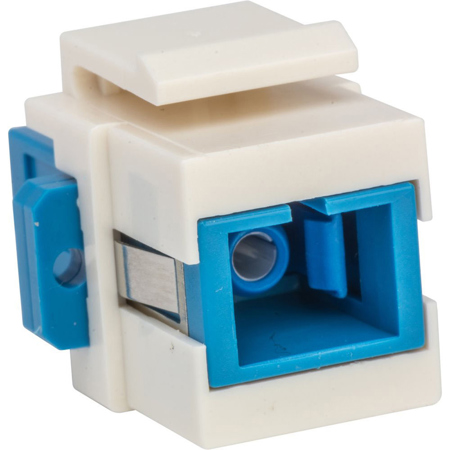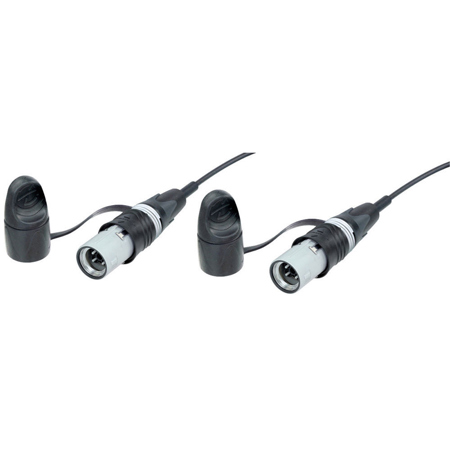Fiber Optic Cables For High Speed Internet
Fiber optic cables have become the foundation for high-speed internet connectivity, powering everything from bustling city data centers to the quiet home offices of remote professionals. As summer brings a surge in online activity—whether it’s families streaming movies in air-conditioned living rooms, students attending virtual summer courses, or gamers seeking lag-free competition—reliable, high-bandwidth connections are more essential than ever. Fiber optic cables deliver unparalleled speed and stability by transmitting data as pulses of light through slender strands of glass or plastic, a process that allows for immense bandwidth and minimal signal loss over long distances. This technology not only supports the demands of modern digital lifestyles but also ensures future scalability as internet speeds and data requirements continue to grow. For anyone upgrading their home network, setting up a new office, or enhancing a creative studio, heavy duty fiber optic cable is an investment in seamless connectivity, supporting everything from 4K video streaming and cloud-based collaboration to large file transfers and real-time audio production.
When considering which fiber optic cables are right for your needs, it’s important to evaluate several key factors. The intended application—whether for residential, commercial, or industrial use—will influence the type of cable, required bandwidth, and durability needed. Heavy duty fiber optic cable is particularly well-suited for environments where cables may be exposed to physical stress or require extra protection, such as in outdoor installations, server rooms, or creative production spaces with frequent equipment reconfiguration. Professionals in photography, videography, and audio production often rely on fiber optic connections to ensure rapid, interference-free data transfer between devices, especially when handling high-resolution media files or live streaming events. For tech enthusiasts and DIY network builders, fiber optic cables can be a thoughtful gift, offering a practical upgrade that transforms the performance of home networks or smart home setups. Even for families simply seeking smoother video calls or uninterrupted streaming during the summer break, the difference that fiber connectivity makes is immediately noticeable.
Choosing the right fiber optic cable also means considering connector types, cable length, and installation requirements. Specialized connectors and splicing techniques may be necessary, and while the initial setup can be more involved than traditional copper wiring, the long-term benefits in speed, stability, and resistance to electromagnetic interference are significant. Fiber optic infrastructure is designed with the future in mind, often allowing for straightforward upgrades as technology advances and bandwidth needs increase. Whether you’re planning a new network installation or replacing outdated cabling, exploring the full range of Fiber Optic Wiring options can help you find the right solution for your unique environment. With the right fiber optic cables in place, you’ll be prepared to meet the demands of today’s digital world—and whatever comes next.
When considering which fiber optic cables are right for your needs, it’s important to evaluate several key factors. The intended application—whether for residential, commercial, or industrial use—will influence the type of cable, required bandwidth, and durability needed. Heavy duty fiber optic cable is particularly well-suited for environments where cables may be exposed to physical stress or require extra protection, such as in outdoor installations, server rooms, or creative production spaces with frequent equipment reconfiguration. Professionals in photography, videography, and audio production often rely on fiber optic connections to ensure rapid, interference-free data transfer between devices, especially when handling high-resolution media files or live streaming events. For tech enthusiasts and DIY network builders, fiber optic cables can be a thoughtful gift, offering a practical upgrade that transforms the performance of home networks or smart home setups. Even for families simply seeking smoother video calls or uninterrupted streaming during the summer break, the difference that fiber connectivity makes is immediately noticeable.
Choosing the right fiber optic cable also means considering connector types, cable length, and installation requirements. Specialized connectors and splicing techniques may be necessary, and while the initial setup can be more involved than traditional copper wiring, the long-term benefits in speed, stability, and resistance to electromagnetic interference are significant. Fiber optic infrastructure is designed with the future in mind, often allowing for straightforward upgrades as technology advances and bandwidth needs increase. Whether you’re planning a new network installation or replacing outdated cabling, exploring the full range of Fiber Optic Wiring options can help you find the right solution for your unique environment. With the right fiber optic cables in place, you’ll be prepared to meet the demands of today’s digital world—and whatever comes next.
